According to a report by the Russian Defense Ministry on February 26, the Russian Air Force deployed Su-34 fighter jets to conduct precision strikes against Ukrainian infantry and armored units near Kupyansk.
The ministry stressed that the bomb's gliding ability allowed the Su-34 to carry out strikes from beyond the range of enemy air defenses, and all Su-34 aircraft returned safely to base after the strikes.
Using glide bombs makes the aircraft much less risky than using conventional gravity bombs, because the bombs often have to be dropped from a position close to the target, making the attacking aircraft very vulnerable to enemy air defense systems.
This is also considered a much less expensive alternative to using cruise missiles or air-launched ballistic missiles, but still ensures high accuracy when attacking targets.
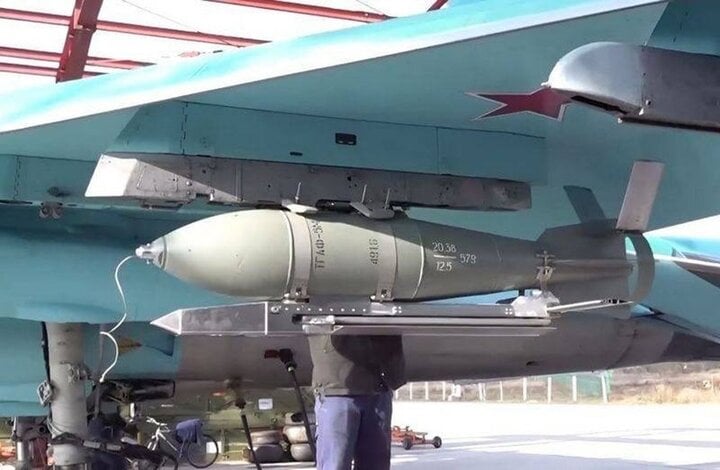
A glide bomb mounted on a Su-34 aircraft.
Equipped with precision guidance systems, glide bombs are much more effective at destroying targets, while significantly reducing the number of sorties required by pilots.
In addition, glide bombs are dropped from higher altitudes, allowing them to fly further, up to 70 km, and making aircraft safer against short-range ground-based air defense systems guided by infrared.
Su-34 fighter
The Su-34 fighter is highly regarded for its long range, which is among the longest in the world , and its ability to carry a large payload, equivalent to that of first-generation nuclear bombers.
The Su-34 has been the mainstay of the Russian Air Force since the outbreak of hostilities in Ukraine. Western sources estimate that around 20 have been lost in the two-year campaign – an average of about one aircraft per month. The main reasons for this are accidents or being shot down by Ukrainian ground-based anti-aircraft weapons.
The growing use of glide bombs by the Russian Air Force has been repeatedly highlighted by Western and Ukrainian sources since mid-2023, around the same time that the Russian defense industry announced the expansion of its production capacity for such bombs.

Su-34 fighter.
Ukrainian Air Force spokesman Colonel Yuri Ignat warned on May 2, 2023 about the threat posed by these weapons: “ These bombs can fly about 70 kilometers and they can target important infrastructure such as kindergartens, residential areas, educational and medical facilities. But our air defenses are ineffective against glide bombs, so we have to try to bring down the Su-34s carrying these bombs .”
The "obsession" of Ukrainian soldiers
Several Ukrainian soldiers told the New York Times in January that Russian airstrikes using glide bombs had created “additional devastation” — adding to the near-constant artillery barrage since the spring.
They stressed that these bombs carry up to 500kg of explosives, and can therefore destroy fortified underground bunkers. One serviceman compared the impact of Russian glide bomb attacks to “the gates of hell”, noting that “the Russian Air Force will send them in pairs, eight in an hour… It feels like a jet plane is coming down on your position”.
Ukraine's inability to maintain a permanent force of manned combat aircraft in the skies has put its ground forces at a disadvantage, while Russia has been adding new artillery and ballistic missile forces to the battlefield.
Russia's latest glide bomb, the PBK-500U Drel, is expected to enter full-scale production before the end of the year and could see combat. Production of the Su-34 strike fighter is also being ramped up by Russia from 2023, and airframes delivered from mid-2022 will be upgraded to the more modern Su-34M standard.
Source



![[Photo] Close-up of Tang Long Bridge, Thu Duc City after repairing rutting](https://vphoto.vietnam.vn/thumb/1200x675/vietnam/resource/IMAGE/2025/5/19/086736d9d11f43198f5bd8d78df9bd41)
![[Photo] Panorama of the Opening Ceremony of the 43rd Nhan Dan Newspaper National Table Tennis Championship](https://vphoto.vietnam.vn/thumb/1200x675/vietnam/resource/IMAGE/2025/5/19/5e22950340b941309280448198bcf1d9)
![[Photo] President Luong Cuong presents the 40-year Party membership badge to Chief of the Office of the President Le Khanh Hai](https://vphoto.vietnam.vn/thumb/1200x675/vietnam/resource/IMAGE/2025/5/19/a22bc55dd7bf4a2ab7e3958d32282c15)
![[Photo] General Secretary To Lam attends the conference to review 10 years of implementing Directive No. 05 of the Politburo and evaluate the results of implementing Regulation No. 09 of the Central Public Security Party Committee.](https://vphoto.vietnam.vn/thumb/1200x675/vietnam/resource/IMAGE/2025/5/19/2f44458c655a4403acd7929dbbfa5039)

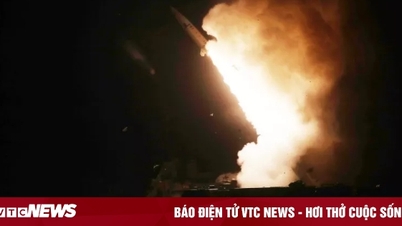
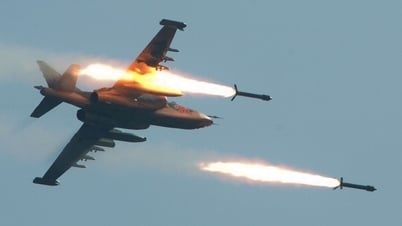

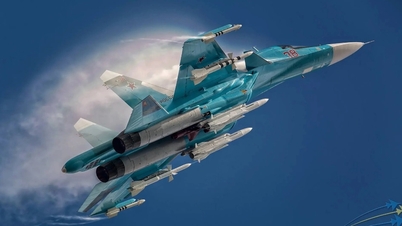


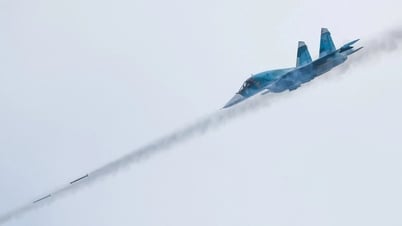
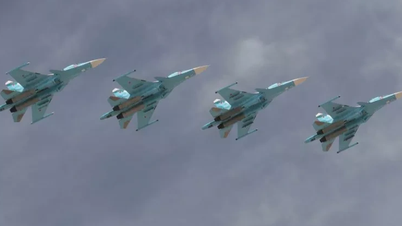





















![[Photo] Prime Minister Pham Minh Chinh inspects the progress of the National Exhibition and Fair Center project](https://vphoto.vietnam.vn/thumb/1200x675/vietnam/resource/IMAGE/2025/5/19/35189ac8807140d897ad2b7d2583fbae)














































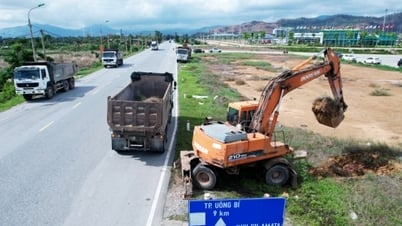









![[VIDEO] - Enhancing the value of Quang Nam OCOP products through trade connections](https://vphoto.vietnam.vn/thumb/402x226/vietnam/resource/IMAGE/2025/5/17/5be5b5fff1f14914986fad159097a677)



Comment (0)